Powerful women who stood apart- from the literary classics
Powerful women or women of power have a turbulent history in almost every country or culture, a veritable threat to a society that is almost always patriarchal construct. They have been condemned, vilified, exiled. But they are fighters and survivors – for it really is a war, a war born of years of multifarious oppression. “All oppression creates a state of war. And this is no exception” (Simone de Beauvoir, Second Sex).
Fiery spirit, intelligent and independent mind, the iron determination at odds with the restrictive and prescriptive patriarchal mores – the powerful women in literary classics have earned this crown of thorns through sacrifice and undaunted assertion of their selves.
The classical antiquity
Two women from the classical antiquity fulfilling the above-mentioned criterion are Antigone and Medea. Sophocles’s Antigone is probably one of the forerunners in the category of powerful women showing the way to several other future writers to follow. Polynices’s fearless sister defied the odds, going against the orders of the emperor to find justice for her deceased brother. Despite all the sufferings she is put through throughout the play, and in spite of all the adversities she is put through, she sticks to her resolution and has no regrets about her decision with regards to finding a final resting place for the dead body of her brother.
The other one in the line is, of course, Euripides’s heroine Medea, the rebellious wife of Jason. She took the idea of defiance to a entirely different level when she went against the law of nature to kill her two sons as an act of vengeance against her husband and put an end to his bloodline. Unlike the perceived notion, where women are left to be the passive recipients of their male counterpart’s whims and wishes, Medea takes destiny in her own hands in her attempt to seek justice. When Beauvoir describes herself as “too intelligent, too demanding and too resourceful for anyone to be able to take charge of,” one cannot help but think of Medea.
Shakespearean powerful women
While the majority of Shakespeare’s women characters are ideal wives or lovers, there are two notable exceptions. The queen of Egypt is a symbol of eroticism on the one hand and, on the other, a charismatic figure, volatile, temperamental, and in general unclassifiable.
The resolute nature of her character is brought forth as she successfully rules an entire kingdom. It is the shrewdness of her character that makes her plot the downfall of her lover Antony, casting him as a traitor in front of the Roman emperor Julius Caesar. Lady Macbeth’s rise and fall in the 1606 tragedy is not in any way similar to that of Cleopatra. Still, a connection is established through their effort to defy the standard norms set by society for women. Lady Macbeth has more strength of character than her husband and is ready to go to any extent to achieve her purpose.
Defying the odds in an age of moral degeneration
Daniel Defoe’s heroine Moll Flanders might not appear to traditional readers as one ideal woman. Still, she really is what she is, and the most significant thing is that she has no regrets about what she does through the course of the story. Sexual digressions and illegal activities were prerogatives of the dominant male society of the Restoration Period. Characteristics assigned to women were mainly coquetry and scandalizing. Flanders, therefore, sets standards of her own and, in spite of her morally questionable character, is a personality of her own unlike many others of her age, who have been lost in anonymity.
The Victorians
The initiation of the Victorian era in England brought about a change in approach not only in society but also among writers of the age in general. In the United States, women started seeking their rights, resulting in the culmination of the suffrage movement that began with a much-debated women’s rights convention in Seneca Falls, New York.
Coinciding with the movement was the publication of Nathaniel Hawthorne’s Scarlett Letter, where he tells the story of Hester Prynne. The lady suffers the wrath of the society by giving birth to a child of unknown parentage. The colonial woman stages a revolt against the Puritan society not only by having an affair but also defying their orders continually by refusing to reveal the name of the child’s father.
Charlotte Bronte’s eponymous heroine Jane Eyre goes on to seek independence for herself, trying to create her own identity, which was something unheard of in England during the Victorian periods. In spite of her emotional involvement with Edward Rochester, she is not in favor of marrying Bertha Antoinetta Mason’s mysterious husband. Eyre also rejects the advances of her cousin, yet again showing her morally strong character.
While Bronte was weaving her magic with Eyre in England, 3000 miles away, a Russian writer was using his pen to create another legendary lady Anna Karenina. Karenina was the part of a Russian society where men were privileged enough to have affairs but not women. Karenina was bold enough to break that pattern, and in spite of the mental turmoil she underwent, she was brave enough to take things in her stride and went on to live a life of her own as an outcast.
Louisa May Alcott’s novel Little Women, often termed by critics as her biography or semi-autobiography, gave the world four independent powerful women characters. Jo or Josephine, the second of the four daughters, is a bit too spirited and independent for the society she lives in. In an age when women were even forbidden from leaving the house, let alone find jobs for themselves, Jo decided to make writing her livelihood and even prefers to stay unmarried rather than leave her sisters. However, when her marriage finally takes place, it is to someone she considers being her equal.
The advent of modernism
The advent of the 20th century brought about more independence for women around the world than was usually allowed to them during the last century. The suffrage movement that had started during the 19th century bore its fruit finally in 1920. The right to vote was just a preliminary step, though with women’s rights being violated around the world even today.
The British influence was felt in its colonies as well. Almost 5000 miles away in India, women were starting to get noticed. Social reformers such as Raja Rammohan Roy and Iswar Chandra Vidyasagar managed to influence their rulers into the passing of Acts hindering the progress of women. The Bengal Sati Regulation, 1829, was an act to put an end to the barbaric tradition of burning women at alters, along with their husbands. Together with that, the Hindu Widows’ Remarriage Act of 1856, brought about some respite and some honor for women living in the depths of obscurity.
Rabindranath Tagore’s Chokher Bali beautifully portrayed a pen-picture of the then Bengal society. It tells the story of two women, one very traditional and the other a rebellious widow. Binodini is not in any way the traditional Bengali widow, daring to engage in an extramarital affair. Binodini is also bold enough to be an educated woman at a time when women’s education had taken a backseat. The focus of the novel remains on women’s literacy and the shambolic nature of patriarchy in Hindu society.
Discussions on powerful women in classical literature cannot be complete without discussing Scarlett O’Hara in Margaret Mitchell’s 1936 novel Gone With The Wind. She became a symbol of struggle as she ploughed her way through the American Civil War. She was married and became pregnant by the age of 16 but was widowed a few months later. Her predicaments though, failed to smother her indomitable and fighting spirit.
Dystopian literature, which has gained incredible popularity in today’s day and edge, has given us a classic like Margaret Atwood’s Handmaid’s Tale. Offred’s story is one of little optimism amidst a lot of pessimism. Being termed as a ‘wanton woman’ and labeled as an ‘adulteress,’ she is condemned to suffer. But it is her indomitable spirit that makes her an inspiration for all those looking to stage a revolt against the oppressive Gilead hierarchy.
The epilogue
The women of power discussed here, like powerful women everywhere in the world, have lived on their terms, by their rules. A society that does not acknowledge their power does not give them their dues and tries to suppress them can only serve to fuel their indomitable nature to defy and rise. They are the first-starters, the table-turners, the ones that take the less-trodden and often the lonelier paths to their destiny. Breaking the continuum of the expected meek obedience and servitude, they rise. As Maya Angelou writes in her poem Still, I Rise:
Leaving behind nights of terror and fear
I rise
Into a daybreak that's wondrously clear
I rise
Bringing the gifts that my ancestors gave,
I am the dream and hope of the slave
I rise
I rise
I rise
Featured Image Credits: Wikimedia


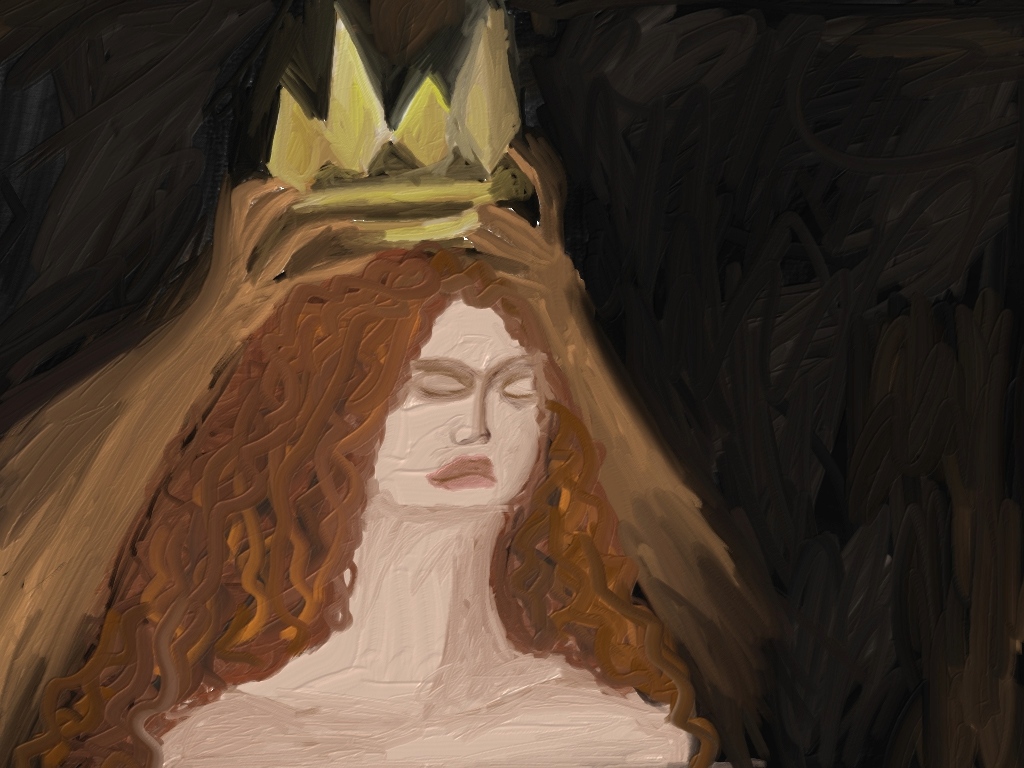
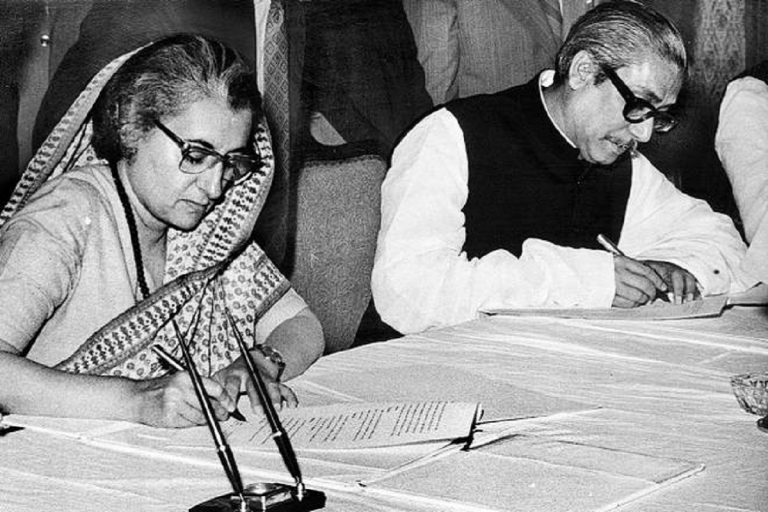
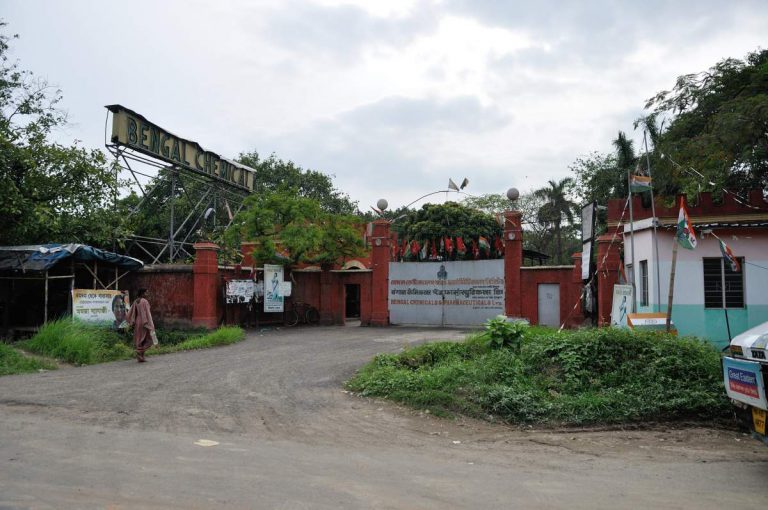
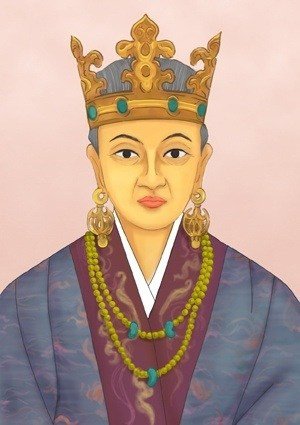
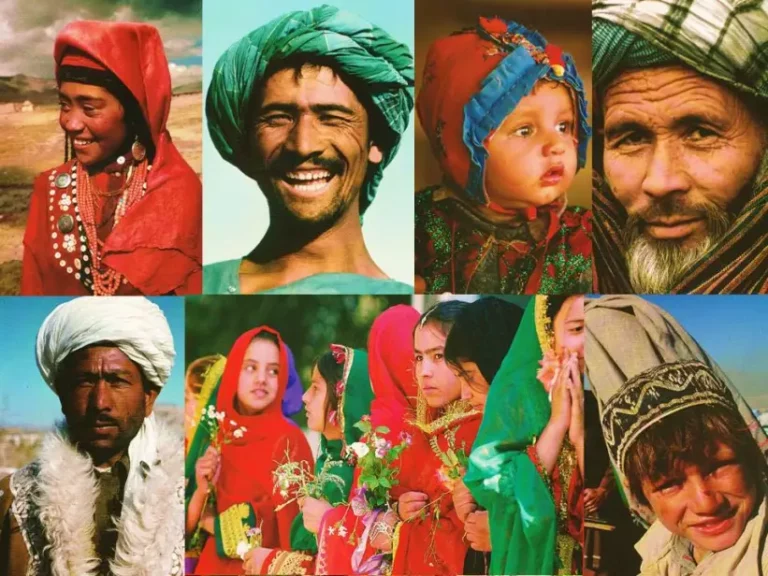
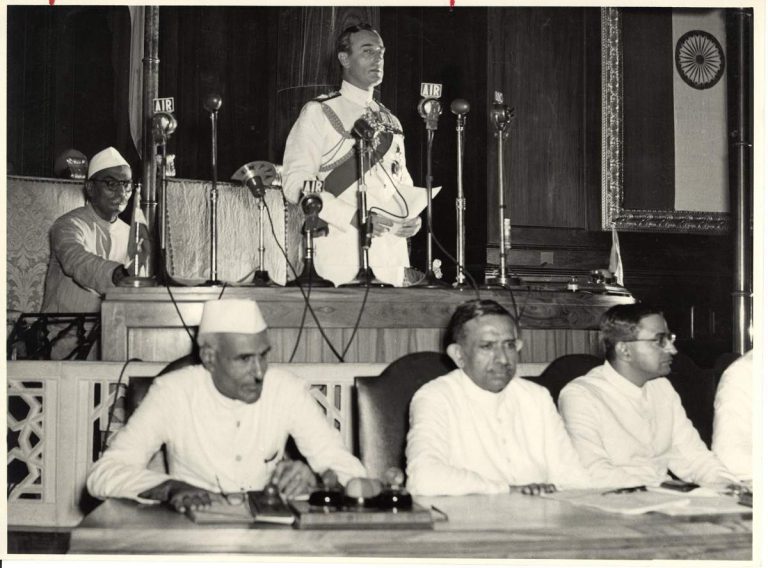
Readers' Reviews (1 reply)